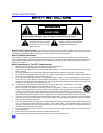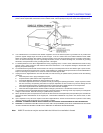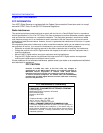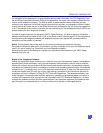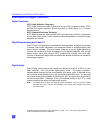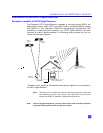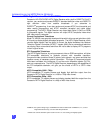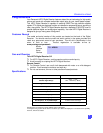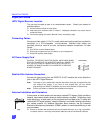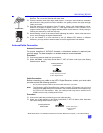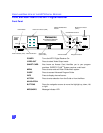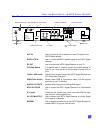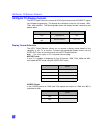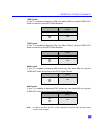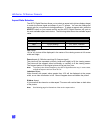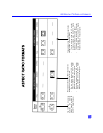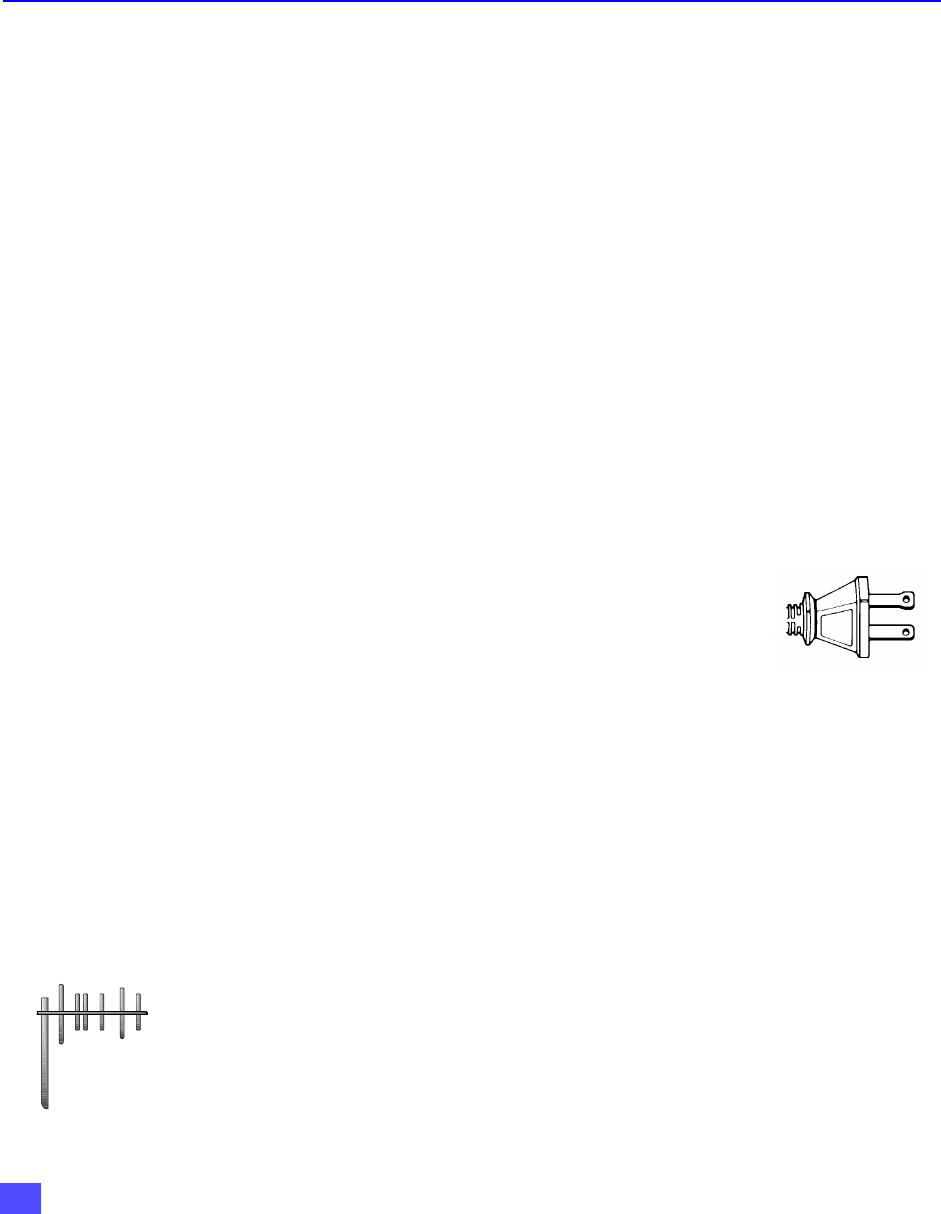
10
IMPORTANT NOTES
Yagi
Important Notes
HDTV Digital Receiver Location
This unit can be used as part of an entertainment center. Consult your dealer for
available options.
r Avoid excessive sunlight or bright lights.
r Keep away from excessive heat or moisture. Inadequate ventilation may cause internal
component failure.
r Fluorescent lighting may reduce Remote Control transmitting range.
Connecting Cables
Component video cables (Y, P
B
, P
R
), audio cables and modem cable are provided for
connection to a DTV-compatible monitor/receiver. Shielded video cables (not
provided) should be used for all other connections between components. For best
results:
r Use 75 Ohm coaxial shielded cables.
r Check type of output and input connectors on your components.
r Determine required cable lengths.
AC Power Supply Cord
CAUTION: TO PREVENT ELECTRIC SHOCK, MATCH WIDE BLADE
OF PLUG TO WIDE SLOT OF AC OUTLET AND FULLY INSERT. DO
NOT USE A PLUG WITH A RECEPTACLE OR OTHER OUTLET
UNLESS THE BLADE CAN BE FULLY INSERTED TO PREVENT
BLADE EXPOSURE.
Satellite Dish Antenna Connection
Connect the cable coming from the DIRECTV PLUS™ satellite dish to the Satellite In
jack on the HDTV Digital Receiver.
Note: The shape of your satellite dish antenna determines what type of programming that
your antenna can receive. If you have an oval shaped dish, you can receive
programming from DIRECTV Satellites plus some local channels in certain areas.
Note: Consult your dealer on Satellite dish installation and options.
Antenna Installation and Orientation
In many areas, an indoor antenna can be used to received DTV signals. Certain conditions,
however, may create a situation where an outdoor antenna is required. Tall buildings, large
metal objects (e.g., a water tower) or hills may block the line-of-sight to the TV station and
interfere with DTV signal reception. Keep the following in mind when installing and orienting
your outdoor antenna. For additional information about antennas, see the Consumer
Electronics Manufacturing Association (CEMA) website at www.AntennaWeb.org or ask
your local dealer.
r Choose an antenna with directional receiving characteristics such as a Yagi, log periodic,
or reflector antenna. Avoid loop, wire bowtie, rabbit-ear and omni-directional antennas.
Polarized Plug



